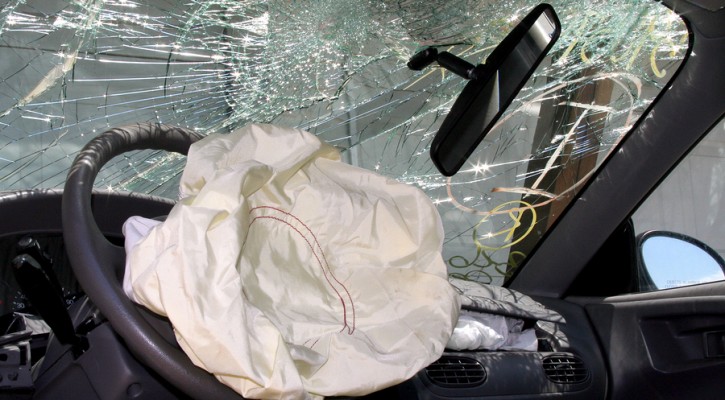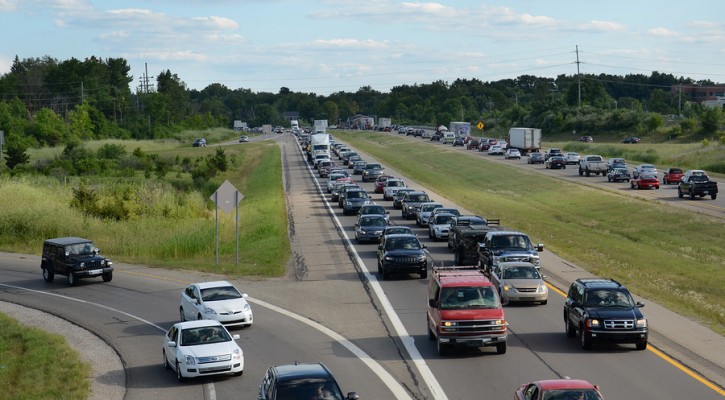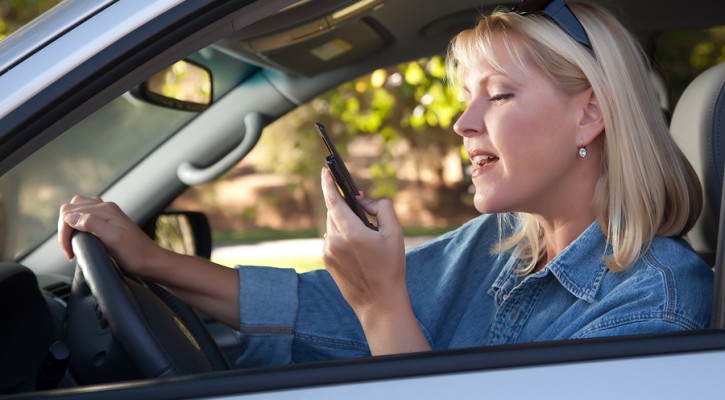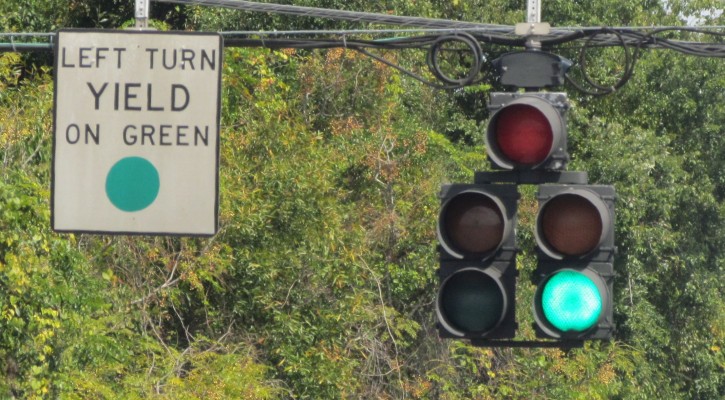Monthly Archives: October 2014

When Teen Crashes Hit Close To Home
October 30, 2014
I’ve been writing articles on teen crashes and teen driving safety for years and, quite frankly, it’s becoming more and more difficult to come up with something new and fresh when the teens keep killing themselves the same way month after month.
Last week the issue hit close to home when one of my Grandson’s close friends was killed in a car crash. The details were sketchy because the crash is still being investigated but, according to the newspaper account, he applied his brakes when another vehicle entered the road, the passenger side wheels left the roadway and it appears he over-corrected. His vehicle flipped approximately four or five times and, because he wasn’t wearing a seat belt, he was ejected from the vehicle. He was taken to a nearby hospital where he was pronounced dead.
His passengers who were wearing seat belts weren’t seriously injured and were cleared at the scene.
In August, in the “Ask the Driving School Instructor” column, I answered a question on the most common type of car crash experienced by teens. In that column I wrote that the most common type of fatal teen crashes, according to all the news reports I read, involved teen drivers who:
- were either distracted, speeding, or both;
- veered off the road;
- over-corrected, sending their vehicle into a spin or tumbling over; and
- weren’t wearing a seat belt.
The tragic thing about this and all the other crashes that kill more than five teen drivers a day is that they were so easily preventable.
Teens need to be taught how to safely recover if their vehicle leaves the side of the road. The natural instinct is to jerk the steering wheel back toward the roadway (over-correct) but, at high speeds, that can cause the vehicle to spin out or flip over. If young drivers find themselves in that position, they should be taught not to give into that natural instinct to jerk the wheel back toward the road. Instead, they should grip the wheel, watch where they’re going and slow the vehicle down. After slowing to a safe speed and checking that the roadway is clear, they can then turn the wheel to reenter the road.
Most important of all, teens need to learn the importance of wearing a seat belt. Among the 16 to 20 year old age group, 55 percent of the vehicle occupants who were killed in teen crashes in 2012 weren’t wearing a seat belt. No matter how bad the crash may be, you’re always better off and have a far greater chance of surviving a crash if you’re properly buckled into your seat belt and shoulder harness. Had he been wearing his seat belt, he may have walked away from the crash with his friends. If this young man’s grieving friends take anything else away from this crash, hopefully they will learn to always wear a seat belt.
There’s no such thing as a car accident! Accidents are something we have no control over. Car crashes happen when one or more drivers make a bad choice that leads to tragic consequences. Even if you can’t avoid a crash, you can still make the right choices to survive it.

Ask The Driving School Instructor: Interstate Driving
October 20, 2014
Question: When should a permit driver drive on the interstate for the first time?
Answer: This is a hard one to answer. Driving on the interstate should be a required part of every new driver’s training but when to attempt it will be different for each driver.
The first thing to know is that, scary as they may seem, driving on interstates or limited access highways, is actually safer than driving on a country road. More fatal crashes occur on country roads than on interstates. However, interstates do require special skills.
Interstates require that a driver drive at high speeds. Driving too slowly on the interstate can be dangerous. Interstates also require that a driver know how to merge smoothly into traffic and the new driver may be dealing with a lot more traffic than he or she is used to.
As far as when to get on the interstate for the first time, the new driver should have a lot of driving experience including driving at higher speeds. After getting experience in driving in heavier traffic, the new driver should first practice on multi-lane highways with speeds above 50 mph.
Instead of jumping into city interstate traffic, it’s best to expose the new driver to the interstate in a rural area where traffic may not be so heavy. After getting experience there, the driver can be slowly exposed city traffic.
When entering the interstate, it’s important to remember that you need to get up to interstate speeds on the entrance ramp. As you near the end of the ramp, watch for an opening in traffic and then adjust your speed to merge into that opening. Never stop on an entrance ramp unless traffic just won’t give you enough clear space to merge. After merging into traffic, keep at least a two second following distance between you and the vehicle ahead.
Once you’re on the interstate, you should practice merging and changing lanes. Remember to stay out of the far left lane unless you’re passing slower traffic. Once you’ve passed, move back into the center or right lane.
Pay attention to speed limit signs. Speeds on rural interstates may be as high as 70 mph but can go down as low as 55 mph when nearing a city. Driving with the flow of traffic doesn’t mean you should go over the speed limit. Driving too fast limits the reaction time you need to make decisions to avoid a crash.
If you miss your exit, never try to stop and back up. Go to the next exit and reenter the interstate in the other direction to get back to your exit. When exiting the interstate, get into the correct lane at least one-half a mile before the exit. Don’t slow to exit until you enter the exit ramp.

Parents Text More Than Teens
October 16, 2014
Parents text more than teen drivers according to a newly released study sponsored by Straight Talk’s Safe Driver Initiative. The results of a poll of 1,000 licensed teens conducted by KRC Research revealed, among other things, that thirty-three percent of parents text as compared to twenty-four percent of teens.
Among their other findings
- Almost one-third of respondents admitted that they nearly were in a crash as a result of texting while driving in the past year.
- Forty-two percent of respondents said they were more likely to admit to pointing out others texting while driving than were likely to admit doing it themselves.
- For parents, texting and driving is the third most significant worry behind academic achievement and alcohol and drug use; and 88 percent of parents have had a frank discussion with their teens about texting and driving.
- More teens have had a frank discussion around texting and driving with their parents (74 percent) than have had discussions about teenage drinking (73 percent), drug use (71 percent), or sexual health (61 percent).
We wrote about the “Do as I say, not as I do!” phenomenon as far back as 2007. Teens look to their parents as their biggest influence and, when learning to drive, if they see their parents act in a way that, at the time, seems to have no negative consequences, the teen is more likely to follow that example.
Research has shown that more than eighty percent of crashes involved driver distraction within two or three seconds of the crash. If they want their teens to drive safely, parents need to put down the phone and be the role model for safe driving.
To learn more about the study, visit: Do As I Say, Not As I Do When It Comes To Texting And Driving

Ask The Driving School Instructor: Left Turn On Green
October 13, 2014
Question: I’m confused by the “left turn yield on green”. Who is supposed to turn first when the light turns green?
Answer: I can see how this could be a little confusing for a new driver. This sign is most often posted where there is a combination of both a left turn arrow and a standard traffic light as in the photo above. It allows traffic to turn during those periods when the green turn arrow isn’t working.
During normal or low traffic periods, the green left turn arrow won’t used at all. However, during times of heavier traffic, such as rush hours, the left turn arrow will be used along with the regular green light. The turn arrow will allow traffic in the left turn lanes to turn left. When the turn arrow turns red, the standard, round green light will light up allowing traffic in the right lanes to proceed. The sign, “left turn yield on green,” means that traffic in the left turn lane is allowed to turn but only if the oncoming lane is free of traffic.
If you’re in the left turn lane facing a standard, round green light with the “left turn yield on green” sign posted, you must wait or “yield” until the opposite lane is clear or there is a wide enough gap in the oncoming traffic to give you enough clear space to make a turn. If the left turn arrow isn’t working and traffic is heavy in the other lane, you may have to wait through the red light until the next green light before traffic is light enough to allow you enough clear space to turn left.

Teen Dies After Car Surfing
October 9, 2014
Another teen has died as the result of “car surfing.” The teen fell off the car and received multiple injuries including injuries to his head. He was taken to the hospital by his parents where he died the next day.
If you aren’t familiar with car surfing, it involves standing on top of a car and trying to “surf” while the car is in motion. It seems like this idiotic practice just won’t go away. It’s a popular subject on Youtube.
The problem with car surfing is that there’s no traction to maintain your footing and it’s almost impossible to maintain your balance. The law of physics that says “a body in motion tends to remain in motion” comes into play if the car turns even slightly or comes to a stop.
Given the relatively short distance from the roof of the car to the ground and the, hopefully, low speed, it may not seem like it would be too dangerous if you were to fall off. However, the low speed and distance are deceptive. Even at just 10 mph, a 140 lb teen boy whose head hits the pavement will strike the pavement with a force of more than 460 lbs. That’s more than enough force to cause serious brain trauma.
The Center for Disease Control conducted a study on car surfing in 2008 and found, among other things, that:
- The researchers found 99 reported incidents of car surfing, 58 percent of which were fatal.
- The average age of those injured or killed was 17.6, with males accounting for 70 percent of the victims.
- Three out of four car surfing deaths were caused by head trauma.
You can read the CDC press release here: CDC Media Analysis Examines Car Surfing
There’s no way to car surf safely and parents need to discuss the dangers of this practice with their teens. Read more: Wis. teen dies in “car surfing” accident, police say
